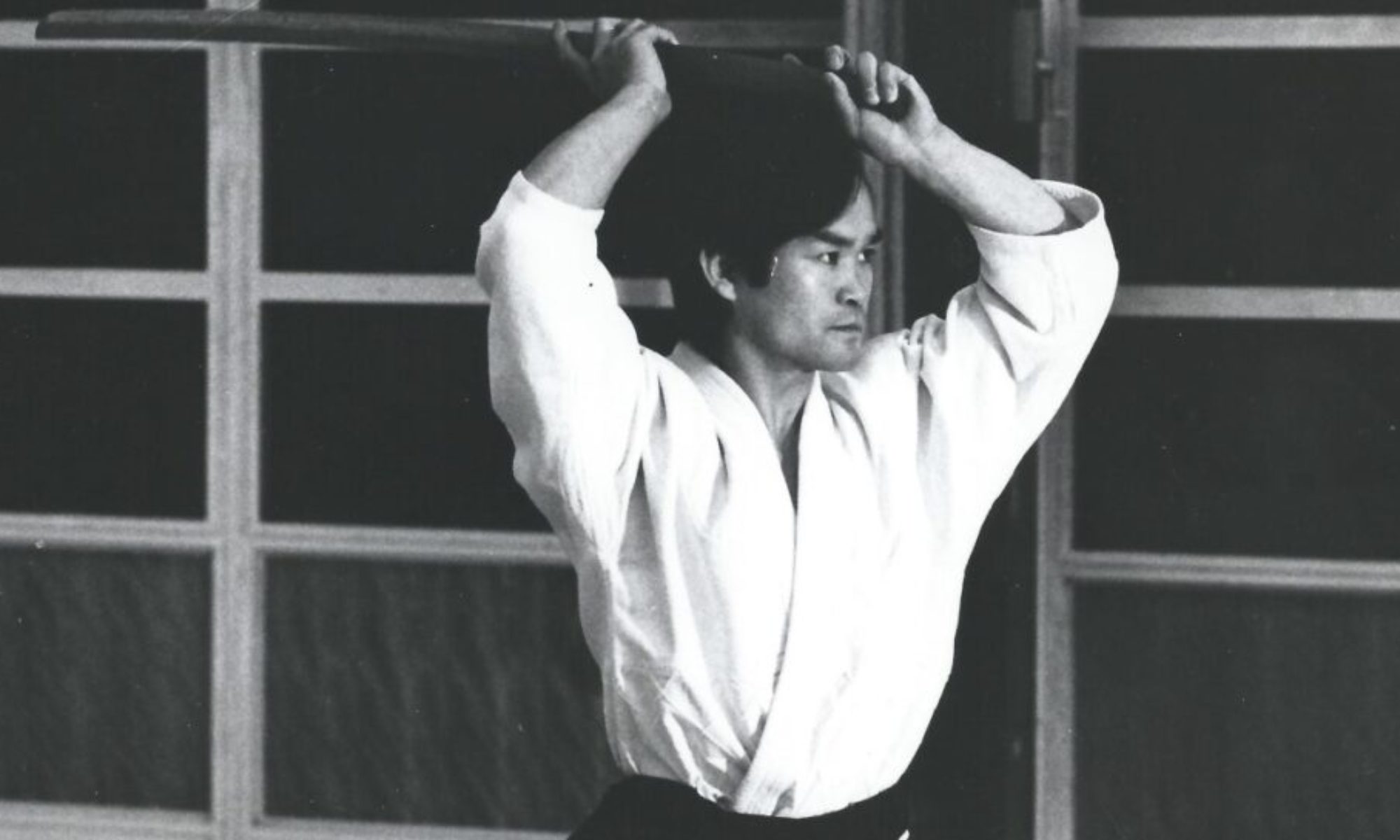By: Andy Brastad, Clallam Aikikai
Aikido Seminar with Frank Apodaca Sensei, November 3-5 2017
“The purpose of training is to tighten up the slack, toughen the body and polish the spirit.”
-Morihei Ueshiba
Recently, I had the great fortune of attending a Clallam Aikikai Aikido seminar taught by Frank Apodaca Sensei in Carlsborg, Washington. It was my first seminar since I returned to training in Aikido after a six year hiatus. Six years – it may not seem like a long time. But time off the mats and aging (I’m 63) act like a slick pick-pocket – taking your valuables from you and you have no clue that they are even gone, that is until you need them. So with a bit of trepidation I signed up for the 3-day training hoping that my stout-hearted spirit would indeed shield me from the feelings of awkwardness, lack of memory of techniques, and the aches and pains of hard workouts. I also volunteered to host visitors attending the seminar from nearby Victoria, Canada.
The seminar began on a Friday night – suwari waza techniques. I’m thinking that my training is back to square one; just do your best and don’t sweat it if you make lots of mistakes. Throughout the session Frank Apodaca Sensei stressed the basics of good techniques; stance, posture, movement, position, timing, breath, completeness of techniques, and a martial attitude.
For the entirety of the seminar the basics would be the mantra of the seminar. The seminar ended Sunday afternoon with a pot-luck on Saturday night. As it turned out my visitors from Victoria, Maggie and Jody, were a couple that had stayed in my house about 6 years ago. When we met at the seminar it was as though we had just seen each other yesterday, not like 6 years had gone by. It was truly reconnecting with friends. Also traveling with them was their son Raven and one of their students, Paul. We all became really good friends.
This brings me back to the wise words of O’Sensei. As a student with a huge amount of “slack’ in my techniques, this seminar was just what I needed as a retuning new student. I definitely took in as much as I could and “stole” from black belts what they offered to me. Yes, my body ached on Monday (and Tuesday too) but I like the feeling of testing my body and learning to adapt to the limitations that I now have. After all I’m in it for the long haul. However, for me the words “polish the spirit” really ring true. The basics really extend not just to techniques and training but also to developing and renewing friendships, camaraderie, and the shared excitement of friends getting promotions. All of these activities are polishing (and rekindling) the spirit.
I want to thank Frank Apodaca Sensei and Neilu Naini Sensei for bringing this seminar on “the Basics” to Clallam Aikikai. I could not have enjoyed it more.

